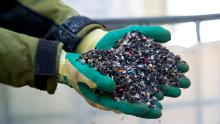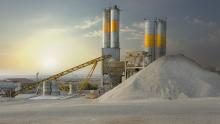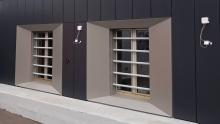
Half of the world’s population lives in cities, and this figure is growing. Delivering water and sewage services in urban areas continues to be a significant challenge, especially in the face of climate change. Digital tools developed by the EU-funded DWC project are already being used to maintain Europe’s commitment to high-quality water infrastructure.









